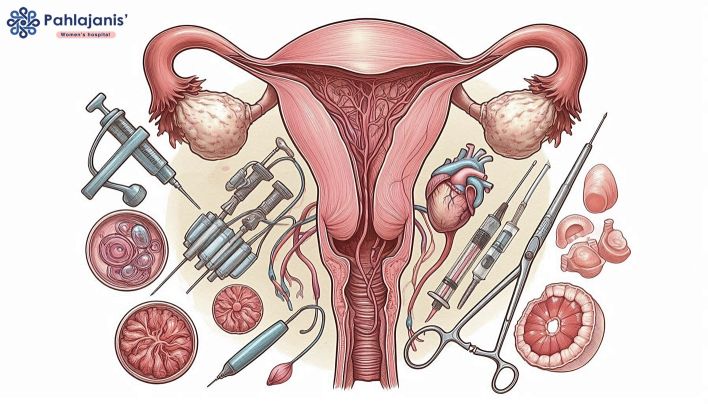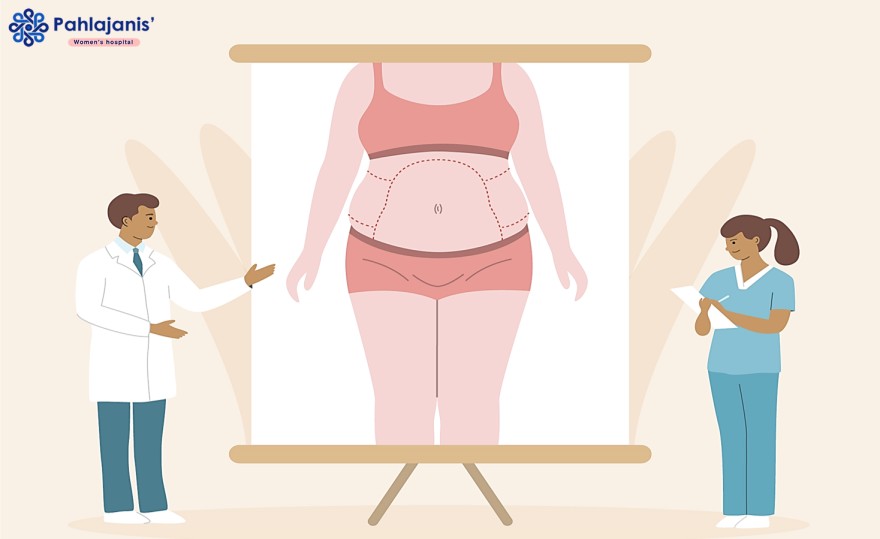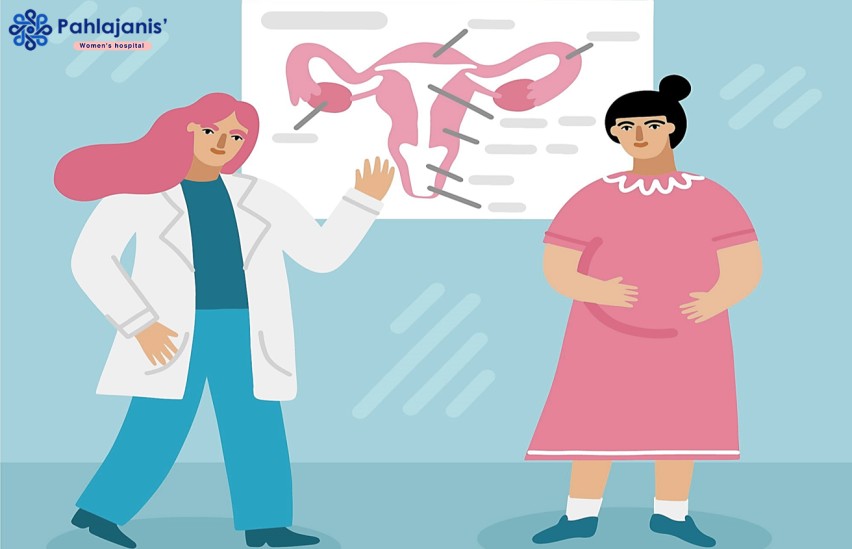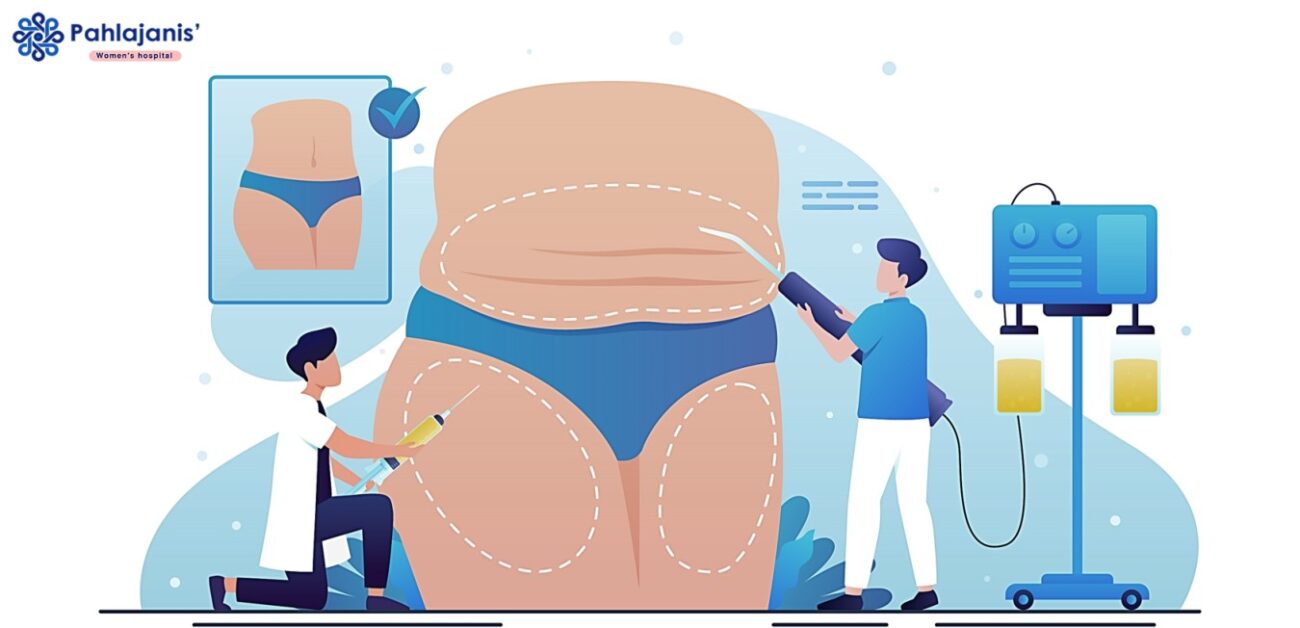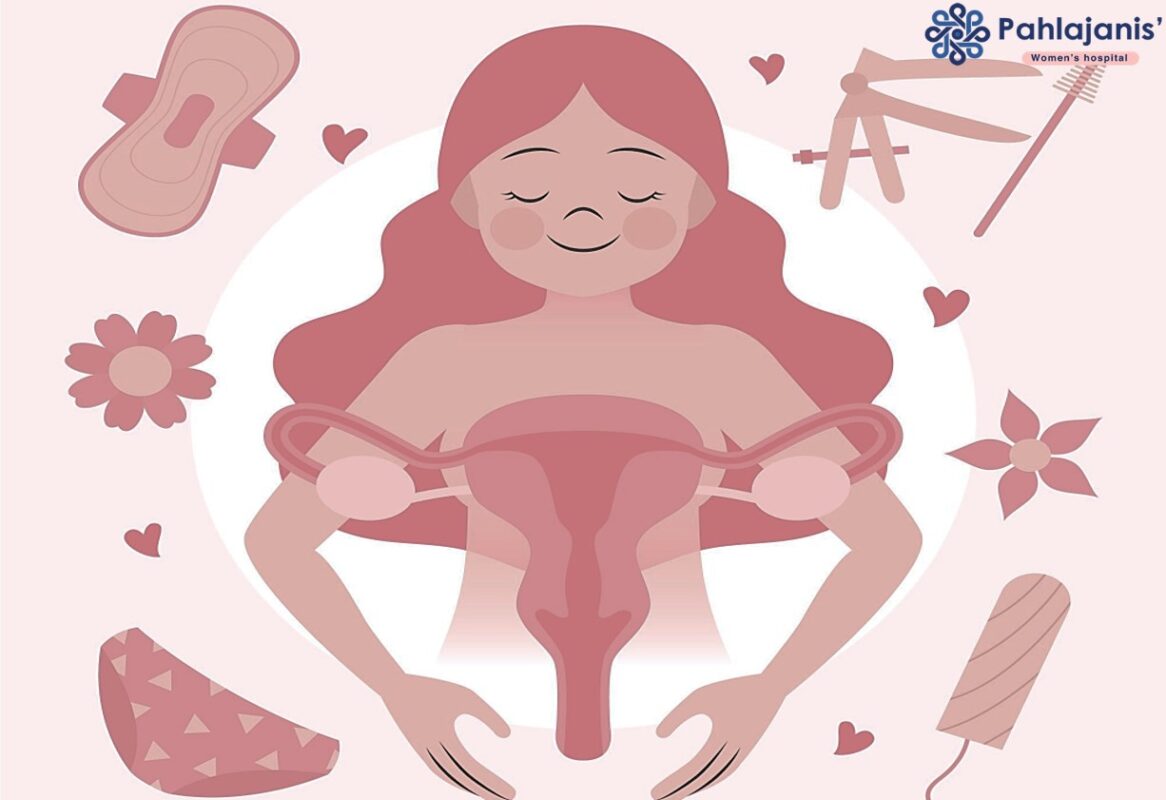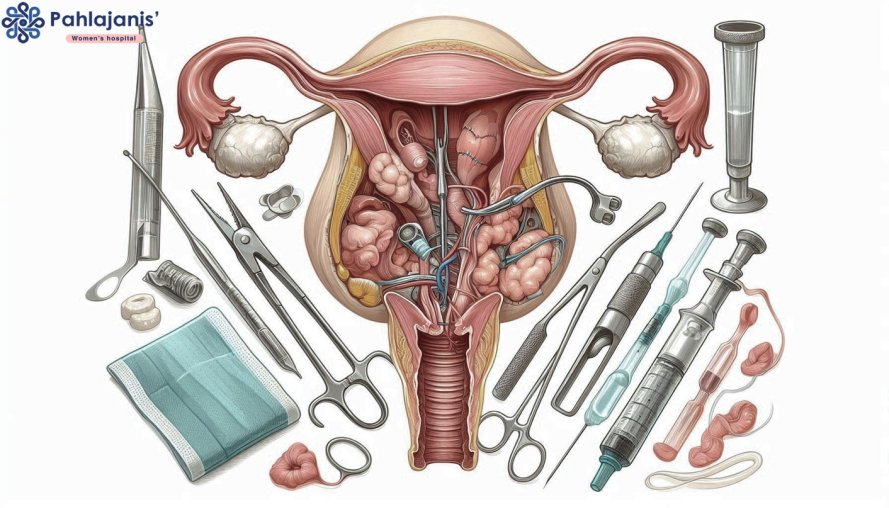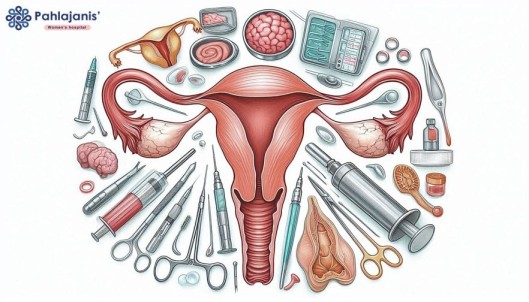Total abdominal hysterectomy (TAH) is a surgical procedure that involves the removal of the uterus via an abdominal approach. Doctors may perform it for a variety of reasons, including treating certain gynecological illnesses. In this part of our chat, I’ll dive into what TAH is, why doctors recommend it, and what you can expect during your recovery journey. Let’s break it down together!
A brief description of what is Total Abdominal Hysterectomy
Total Abdominal Hysterectomy (TAH) represents a gynecologic oncologic surgery where the uterus with the cervical part is excised via a midline incision in the abdomen. In contrast to a subtotal hysterectomy or a vaginal hysterectomy in which only a portion of the uterus or uterus through the vagina is removed respectively, TAH entails a more significant incision. This enhances the view and reach of the uterus by the surgeons, especially in conditions with extensive adhesions.
Why is a Total Abdominal Hysterectomy Performed?
Total Abdominal Hysterectomy is regularly recommended for numerous motives:
- Fibroids: Non-cancerous growths in the uterus can cause heavy bleeding, aches, and other symptoms. If they may be massive or severe, TAH can be an excellent choice.
- Endometriosis: In this circumstance, tissue similar to the liner of the uterus grows outdoors it, main to aches and abnormal bleeding. TAH can offer remedies when different remedies fail.
- Cancer: TAH is sometimes essential for uterine, cervical, or ovarian cancers to make certain that the sickness does now not spread.
- Prolapsed Uterus: When the uterus drops into the vaginal canal due to weakened pelvic muscle groups, TAH can provide an everlasting solution.
- Chronic Pain or Heavy Bleeding: For a few ladies, TAH is a last motel whilst different remedies do not alleviate persistent symptoms.
Preoperative management in Total Abdominal Hysterectomy
A total abdominal hysterectomy requires numerous steps: The following steps are normally undertaken before the procedure.
- Preoperative Testing: Take a lot of preparation for the consultation with your health practitioner because they will need tests, blood tests, imaging and physical examination to determine your health to allow for surgery.
- Medication Review: Consult your doctor about all the medicinal drugs and dietary supplements as some want to be modified or terminated earlier than the technique.
- Lifestyle Adjustments: It also wants you can make temporary modifications to your weight reduction strategy and training regime to enhance your fitness before the surgical procedure.
- Arranging Help: Organize for someone to help you at domestic at some point during your restoration, as you may need time to relax and heal.
The Procedure
During the surgical treatment, you might receive an anesthetic to make sure you are unconscious and numb all through the operation. They perform surgery and open the abdomen; the common location starts from the pubic bone and moves to the navel to get to the uterus. They carefully ligate the uterus and, in all probability, the cervix, then sew up the wound using sutures or staples.
Recovery and Aftercare
Recovery from Total Abdominal Hysterectomy typically takes approximately 6 to eight weeks, all through which time your body will need to heal:
- Hospital Stay: You will in all likelihood stay within the medical institution for some days put surgical treatment, wherein scientific staff will screen your progress and manipulate aches.
- Pain Management: Expect some pain after the method. Your physician will prescribe pain remedies and provide recommendations on dealing with pain at domestic.
- Activity Restrictions: Avoid heavy lifting, strenuous exercise, and sexual interest until your doctor gives you the inexperienced light. We encourage taking walks in order to promote circulation and prevent blood clots.
- Wound Care: Domesticate the Metis location of your incision. To avoid getting infections follow your physicians’ directives on how to handle the wound.
- Follow-Up Appointments: Go to all your follow-up appointments to ensure that your restoration is well on the way and to discuss any matter.
Potential Risks and Complications
While Total Abdominal Hysterectomy is typically secure, it contains risks like several fundamental surgeries:
- Infection: There is a risk of infection at the incision website or internally.
- Bleeding: Excessive bleeding can arise throughout or after the surgical procedure.
- Blood Clots: You may be at threat for blood clots, specifically in the legs (deep vein thrombosis).
- Damage to Surrounding Organs: Rarely, adjacent organs just as the bladder or intestines may be injured throughout surgical operation.
Long-Term Outlook
Most girls enjoy tremendous relief from the signs that brought about the hysterectomy. However, it’s far crucial not to forget the long-term effects:
- Hormonal Changes: Eliminating the ovaries on the side of the uterus causes menopause, resulting in signs and symptoms like warm flashes and temper swings.
- Psychological Impact: The lack of fertility and modifications in body photographs can affect your emotional well-being. Seeking support from counsellors or assistance groups may be beneficial.
Pahlajanis’ Women’s Hospital gives complete care for girls considering surgical options like Total Abdominal Hysterectomy. Renowned for its skilled gynecologists and modern-day facilities, the health facility presents personalised remedy plans and compassionate assistance at some point in the surgical system. Their expert crew ensures that each patient gets the very best trend of care, from preoperative consultations to postoperative recovery.
A Total Abdominal Hysterectomy can provide comfort from debilitating symptoms and enhance the best of lifestyles for many women. By knowing the manner, making ready accurately, and following your physician’s advice, you can navigate the surgical method and recuperation with extra self-belief. With the right education and care, you can manipulate the process and recuperation successfully.
Hospitals like Pahlajanis’ Women’s Hospital play an essential position in presenting professional care and assisting, ensuring a smoother adventure via this widespread clinical intervention. Always discuss with your healthcare provider to tailor the method to your precise needs and circumstances.

